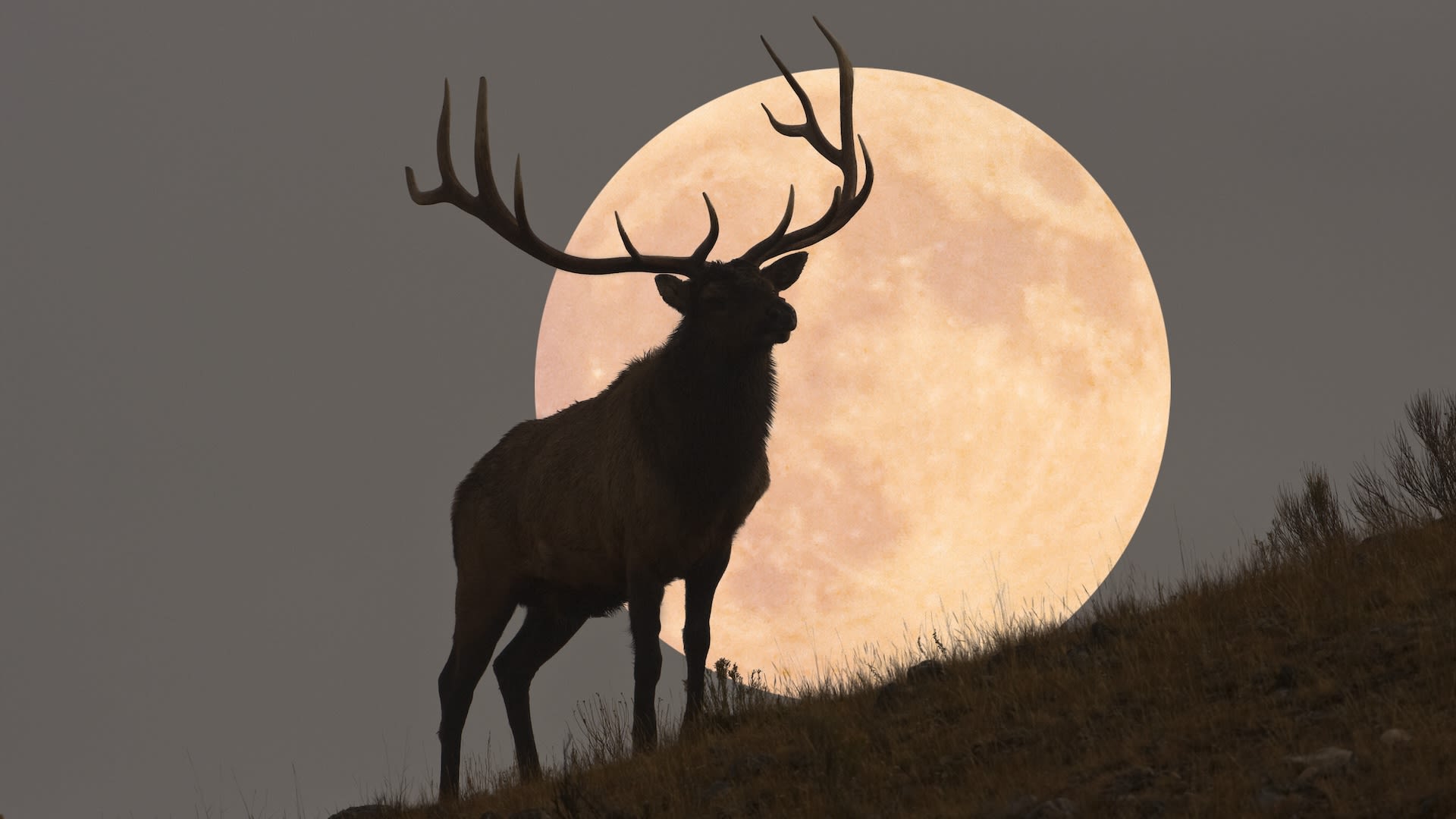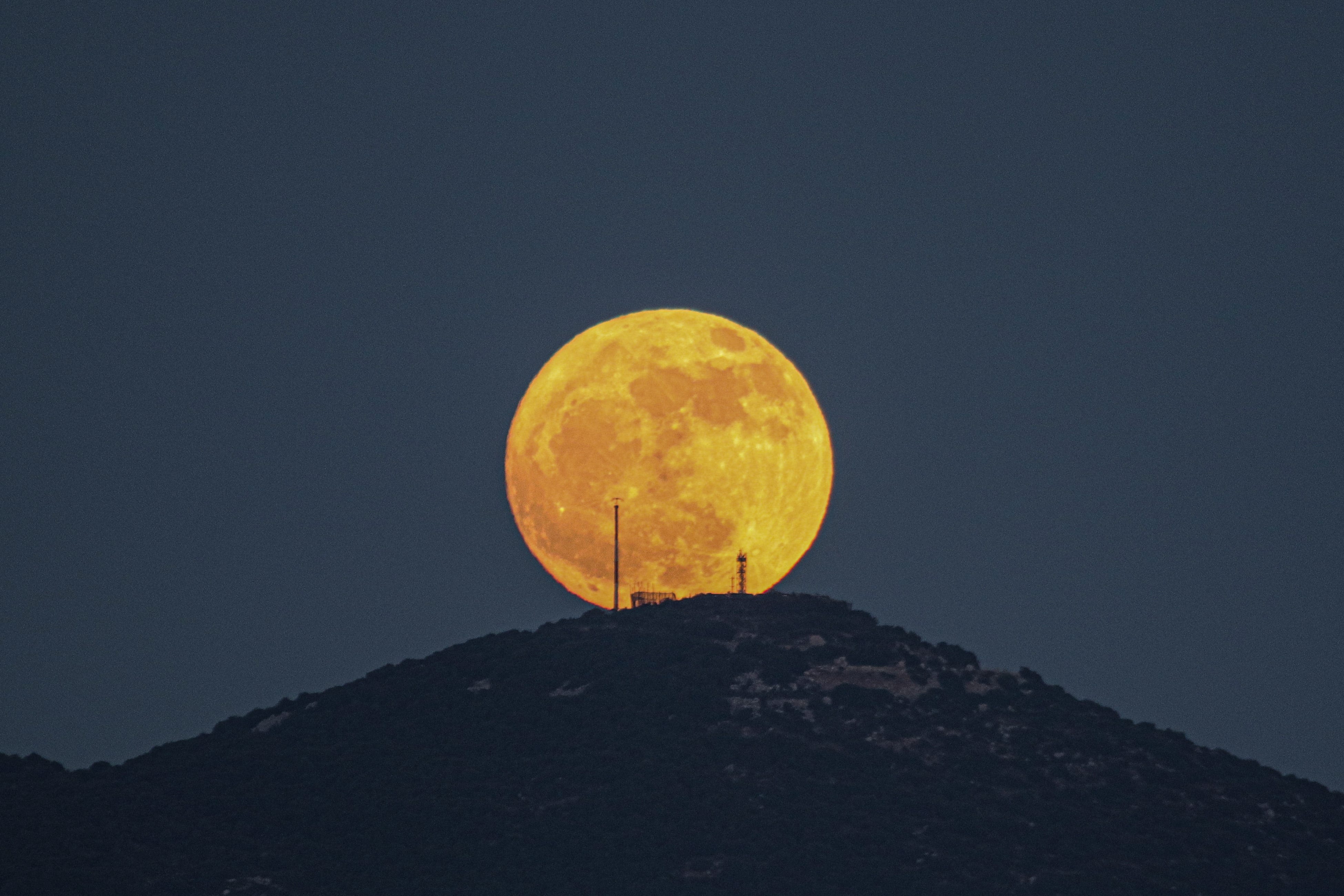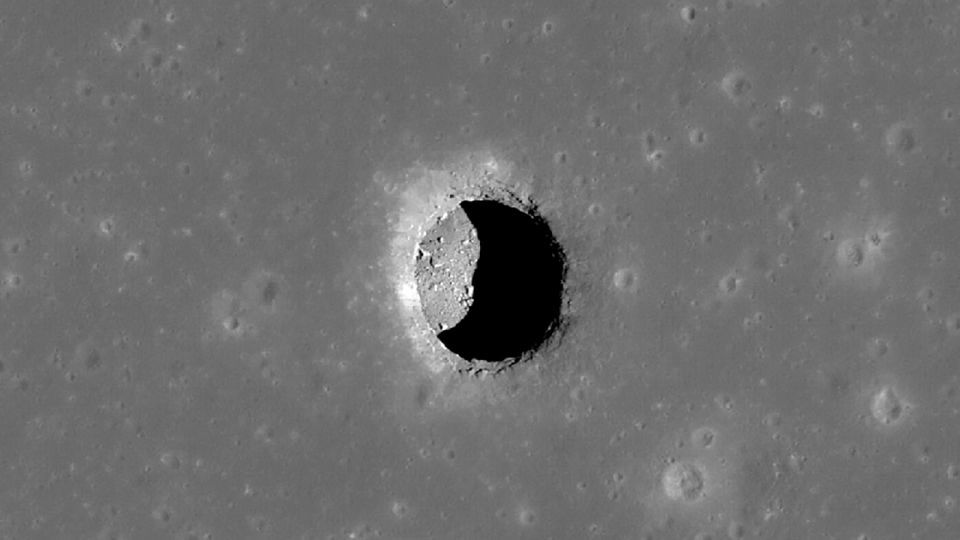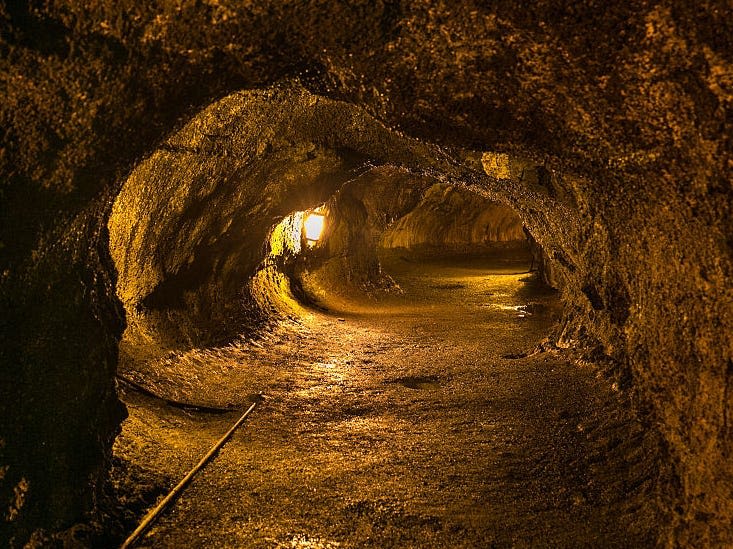Search results
News about July, full moon, Buck Moon
News about Moon, lunar cave, underground cave
Also in the news
The Earth and the Moon form the Earth-Moon satellite system with a shared center of mass, or barycenter. This barycenter is 1,700 km (1,100 mi) (about a quarter of Earth's radius) beneath the Earth's surface. The Moon's orbit is slightly elliptical, with an orbital eccentricity of 0.055. [1]
The origin of the Moon is usually explained by a Mars-sized body striking the Earth, creating a debris ring that eventually collected into a single natural satellite, the Moon, but there are a number of variations on this giant-impact hypothesis, as well as alternative explanations, and research continues into how the Moon came to be formed.
A lunar phase or Moon phase is the apparent shape of the Moon 's directly sunlit portion as viewed from the Earth (because the Moon is tidally locked with the Earth, the same hemisphere is always facing the Earth).
The Moon is Earth 's only natural satellite. We usually see it in the night sky and also during the day. Some other planets also have moons or natural satellites.
Earth's Moon is the brightest and largest object in our night sky. The Moon makes Earth a more livable planet by moderating our home planet's wobble on its axis, leading to a relatively stable climate. It also causes tides, creating a rhythm that has guided humans for thousands of years.
The Moon makes a complete orbit around Earth in 27 Earth days and rotates or spins at that same rate, or in that same amount of time. Because Earth is moving as well – rotating on its axis as it orbits the Sun – from our perspective, the Moon appears to orbit us every 29 days.
The Moon is the brightest celestial object in Earth's night sky. This is mainly due to its large angular diameter, while the reflectance of the lunar surface is comparable to that of asphalt.





